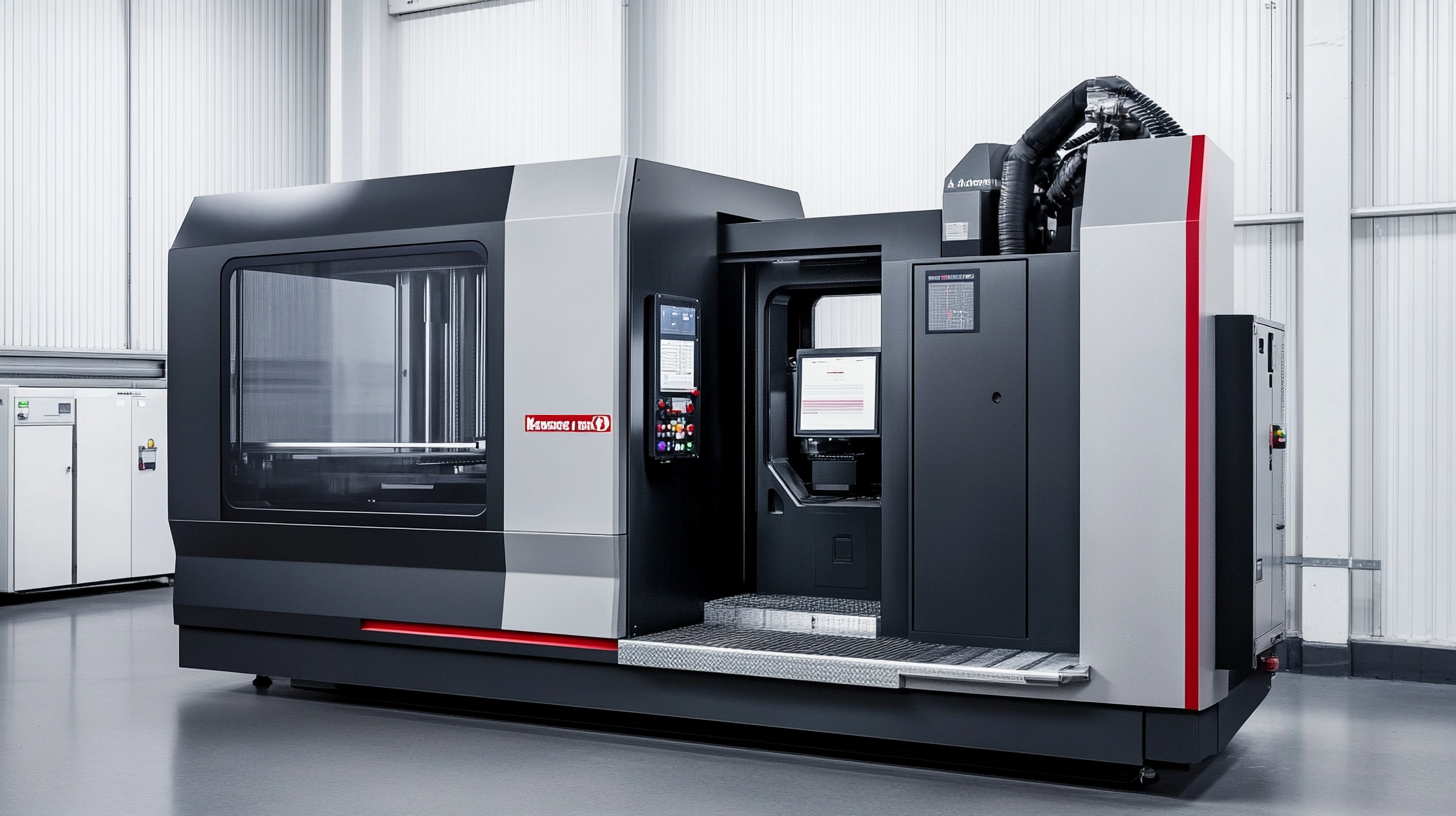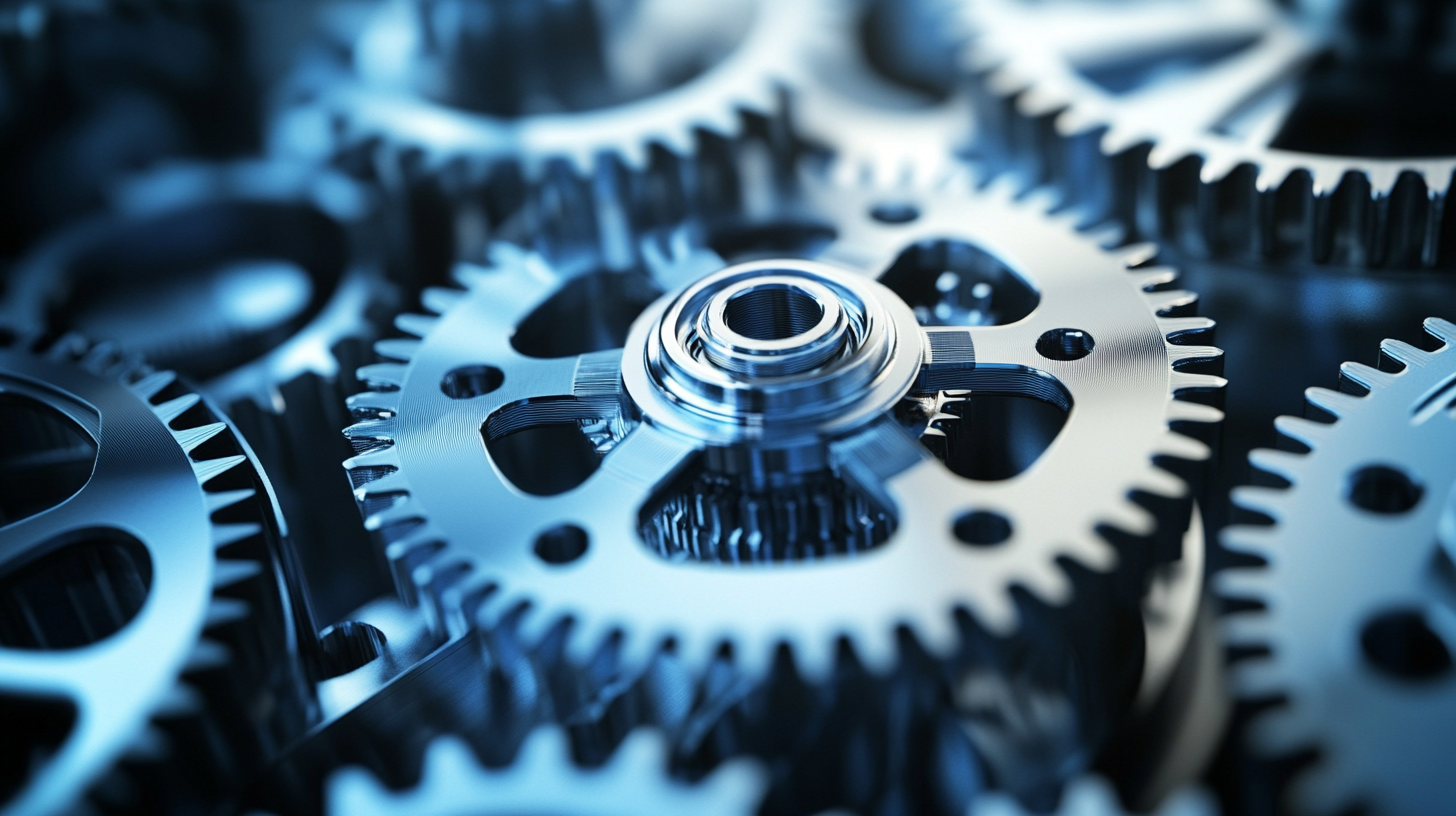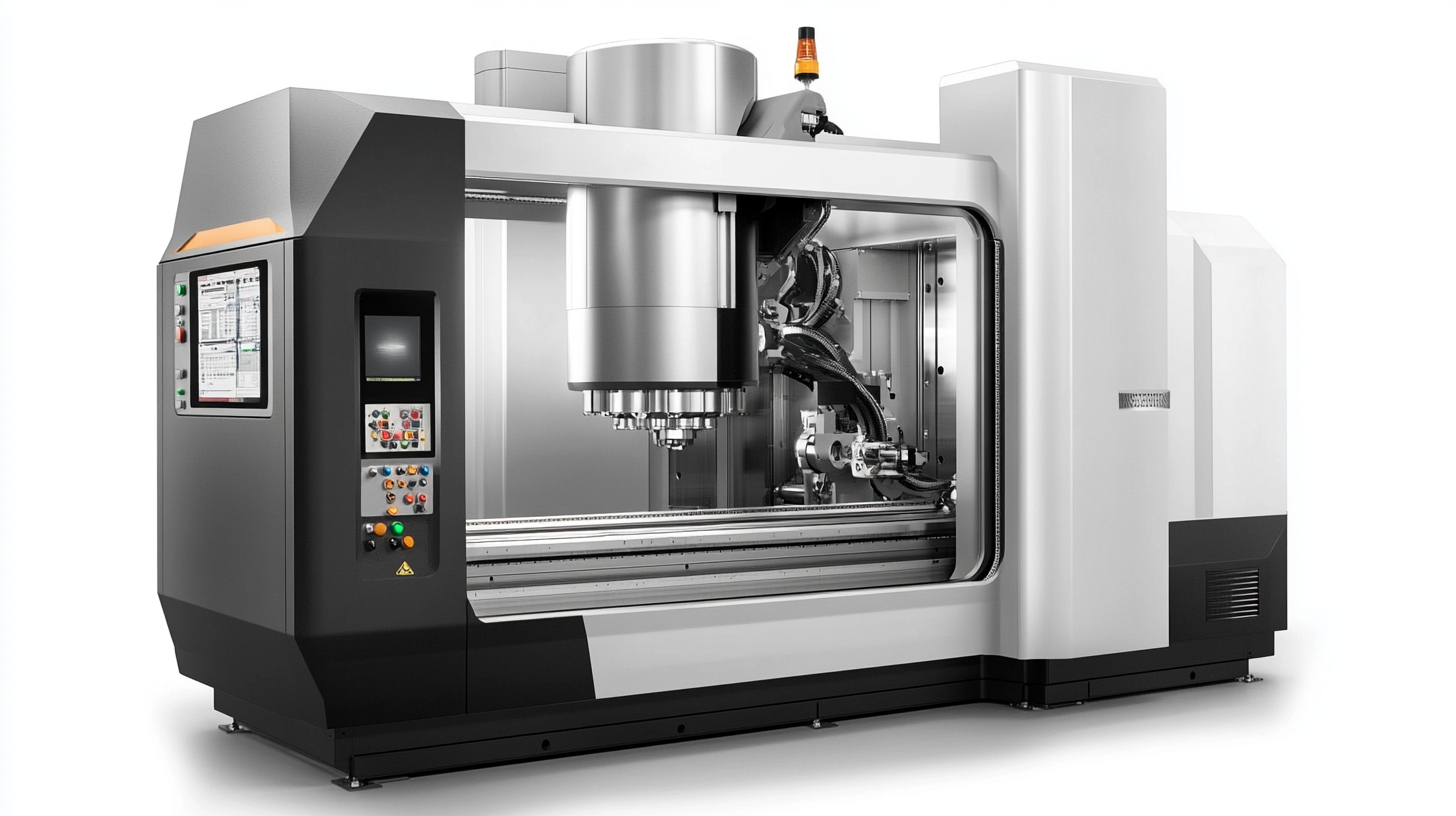Maximizing Your Investment: How Post-Sales Support and Maintenance Costs Impact Desktop Milling Machine Efficiency
In the rapidly evolving landscape of manufacturing, organizations are increasingly recognizing the critical role that post-sales support and maintenance costs play in maximizing the efficiency of Desktop Milling Machines. According to a recent report from the International Federation of Robotics, the desktop milling sector has witnessed a staggering growth of over 20% annually in the last five years, emphasizing the burgeoning reliance on these precision tools in various industries, including aerospace and automotive. However, companies often overlook the long-term implications of maintenance and support on their return on investment (ROI), which can significantly undermine the initial cost savings obtained from purchasing cutting-edge equipment.
Moreover, a survey conducted by the Association for Manufacturing Technology indicates that nearly 60% of companies fail to allocate adequate budgets for post-sales support, leading to an average productivity loss of 10% due to machine downtimes and inefficiencies. As manufacturers strive to navigate the complexities of production demands and technological advancements, understanding how post-sales support and maintenance costs impact Desktop Milling Machine efficiency becomes essential. This blog will delve into the intricate relationship between these factors and provide actionable insights on optimizing investments in this vital segment of manufacturing technology.

Understanding the Importance of Post-Sales Support in Milling Machine Operations
Post-sales support is a critical element in the efficient operation of milling machines, directly influencing both performance and cost-effectiveness. Manufacturers and operators of desktop milling machines should recognize that ongoing support ensures not only the longevity of the equipment but also optimal operation through timely maintenance and expert guidance. This aspect becomes increasingly relevant in light of recent advancements in machining technologies, such as those seen in the latest hyperMill updates, which introduce enhanced capabilities for 5-axis milling operations. Such innovations can significantly elevate productivity, but without proper post-sales support, users may struggle to fully harness these improvements. Furthermore, effective post-sales support provides operators with access to essential training and resources, which are crucial for navigating complex machining scenarios. The integration of advanced technologies, like fail-safe computer-aided manufacturing systems, demands a knowledgeable workforce that can adapt quickly to new processes. By investing in strong post-sales support, companies empower their staff to optimize machine performance and maintain efficiency in an increasingly competitive landscape. As highlighted by recent industry patterns, the significance of these support systems in maximizing operational capabilities cannot be overstated.

Key Maintenance Costs and Their Influence on Productivity in Desktop Milling
In the realm of desktop milling machines, understanding the impact of maintenance costs is essential for maximizing productivity. According to a report by the Association for Manufacturing Technology (AMT), companies that prioritize regular maintenance experience up to a 25% increase in machine uptime. This statistic underscores the significance of proactive maintenance, which not only minimizes unexpected downtime but also optimizes overall machine efficiency.
Key maintenance costs often include routine servicing, part replacements, and software updates. A study conducted by the National Tooling and Machining Association (NTMA) revealed that neglecting these costs can lead to 30% increased operational expenses over time due to inefficiencies and breakdowns. For instance, failing to recalibrate milling machines regularly can result in inaccuracies that compromise product quality and yield, ultimately affecting the bottom line.
Moreover, the influence of maintenance on productivity is evident when examining user feedback and performance metrics. A survey by the Precision Metalforming Association (PMA) found that manufacturers who invested in comprehensive post-sales support saw a direct correlation between maintenance expenditure and increased output rates—an improvement of up to 15%. This data emphasizes the critical nature of considering maintenance costs not just as an expense, but as a strategic investment that directly enhances the productivity of desktop milling machines.

Analyzing Industry Statistics: Cost-Benefit of Regular Maintenance for Machinery
When it comes to maximizing the efficiency of desktop milling machines, understanding the cost-benefit of regular maintenance is essential. Industry statistics demonstrate a compelling correlation between consistent maintenance practices and enhanced machinery performance. Companies that invest in regular maintenance not only prolong the lifespan of their equipment but also prevent costly downtimes and repairs. Research indicates that businesses that adhere to maintenance schedules experience up to a 20% increase in operational efficiency, showcasing the tangible advantages of routine care.
Moreover, the financial implications of neglecting maintenance can be significant. Unmaintained machines are more prone to breakdowns, which can lead to extended production delays and increased repair costs. According to industry reports, the cost of unplanned downtime can amount to thousands of dollars per hour, which underscores the importance of incorporating maintenance into the budget from the outset. Regular maintenance serves as a safeguard, ensuring that machines operate at optimal levels and reducing the likelihood of unexpected expenses.
Additionally, data reveals that companies prioritizing maintenance can enjoy better resale values for their machines. Well-maintained equipment often attracts higher offers in the second-hand market, as prospective buyers recognize the value of reliable machinery. Hence, while maintenance may seem like an additional expense, it ultimately represents a strategic investment with far-reaching benefits, improving not just efficiency, but also the overall bottom line for businesses engaged in CNC milling operations.

Impact of Technical Support Response Times on Milling Machine Efficiency
In the competitive landscape of manufacturing, the efficiency of desktop milling machines is significantly influenced by post-sales support and maintenance costs. One critical aspect that often goes overlooked is the effect of technical support response times on overall machine productivity. When manufacturers invest in milling machines, the initial purchase is just the beginning of the cost equation. Delays in receiving technical assistance can lead to extended downtimes, disrupting production schedules and ultimately impacting profitability.
In the rapidly evolving manufacturing ecosystem, where innovation is key to staying ahead, timely support can mean the difference between maintaining a competitive edge and falling behind. As companies strive to enhance their operational efficiencies, the responsiveness of technical support teams becomes increasingly vital. Not only do quick response times minimize potential losses from equipment malfunctions, but they also allow manufacturers to adapt swiftly to changes in production demands, sustaining momentum in a fast-paced industry.
Moreover, as globalization intensifies competition, the ability to quickly resolve issues through effective technical support can elevate a company’s standing in the market. Investing in machinery is more than a financial commitment; it is also about ensuring that the infrastructure needed for operational excellence is in place, including robust support mechanisms. Therefore, manufacturers looking to maximize their investment in milling machines must prioritize relationship-building with support service providers to guarantee their production capabilities remain uninterrupted.
Best Practices for Reducing Long-Term Maintenance Costs in Desktop Milling Systems
In the realm of desktop milling systems, long-term maintenance costs can significantly impact overall efficiency and productivity. By adopting best practices for reducing these costs, users can ensure their machines operate at peak performance, thus maximizing their investment. One effective strategy is to implement a regular maintenance schedule, which not only extends the lifespan of the equipment but also minimizes unexpected breakdowns that can lead to costly downtime. A proactive approach to maintenance encourages early detection of issues before they escalate, allowing for timely and less expensive repairs.
Furthermore, leveraging technology can play a pivotal role in enhancing the reliability of desktop milling machines. Utilizing predictive maintenance tools that monitor equipment performance in real-time can help users identify potential failures before they occur. This technology provides valuable insights that aid in decision-making, helping to allocate resources efficiently and prevent unnecessary expenses.
It's also essential to train personnel in best practices for operating and maintaining milling equipment. A well-informed team can effectively handle minor issues, reducing dependency on external support and decreasing overall maintenance costs. By fostering a culture of knowledge and ownership among operators, organizations can create a more resilient and sustainable milling operation that adapts to the growing demands of modern production needs.
